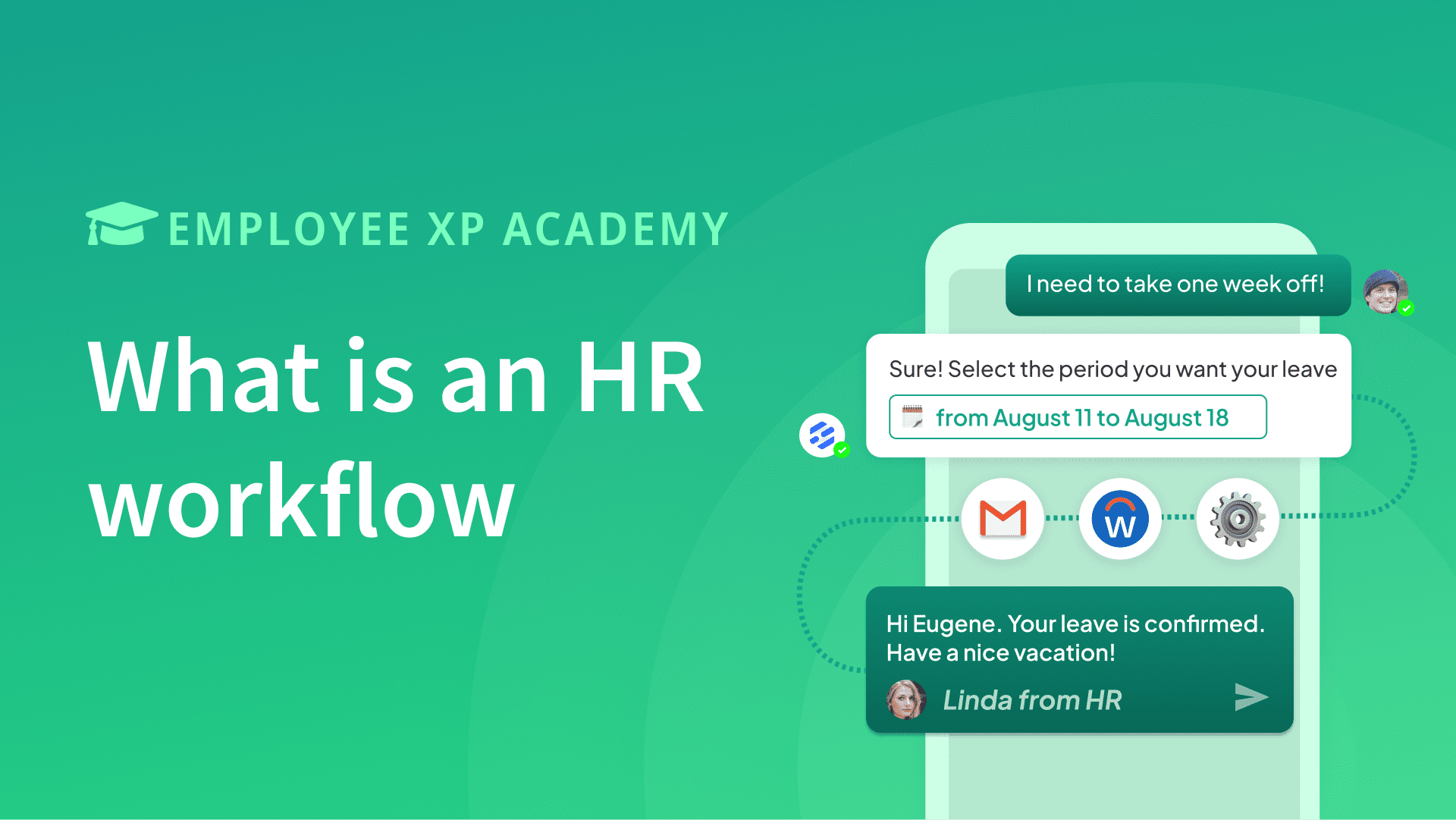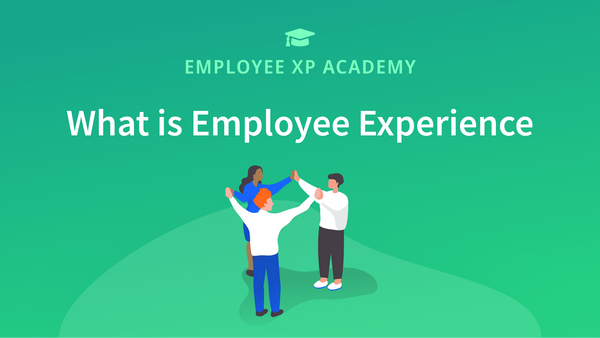What is an HR Workflow?
Introduction
HR departments are responsible for many important tasks, such as recruiting and hiring new employees. However, they also need to deal with a lot of paperwork and administration. This can be time-consuming and inefficient.
To help improve productivity, many HR departments have started to use workflow automation tools. These systems allow the department to automate repetitive tasks so they can spend more time on high-value activities like improving employee engagement or developing new talent within their organization.

What is an HR Workflow?
An HR workflow is a process that allows you to streamline the management of a task, such as hiring new employees, approving vacation requests and managing employee performance. A workflow is a set of steps that are completed in sequential order in order to complete an action or process.
Workflows can be used for everything from reviewing resumes to filling out paperwork or sending emails. Designing your company's workflows can help you automate repetitive tasks like having managers sign off on time sheets before they're submitted for approval by payroll.
What are examples of HR Workflow?
Here below are some examples of HR Workflow that exist in all companies and can be for most of them automated:
1. Employee onboarding
Employee onboarding is the process of getting new hires up to speed on the company, its culture, and procedures.
Employee onboarding helps ensure that employees have a smooth start with their new companies and can begin contributing right away.

Being in control of your Employee onboarding workflow helps bring consistency across all departments, which is essential for employee satisfaction and business continuity.
By automating employee onboarding, a company can save time by reducing human error in the hiring process—saving HR professionals from having to update each document manually every time there's an update or change. Automated updates allow your team members to focus more on helping new hires get acclimated quickly instead of spending too much time making sure their paperwork is correct.
2. HR requests and approvals
HR requests and approvals are a part of the core HR processes. Approvals often involve many different people, sometimes spread across different departments.
A typical example would be when an employee wants to change jobs or get promoted, but there needs to be approval from their manager and/or other managers/leadership team members first before an offer can be made. This is a manual process that takes time, not only for the person making the request but also for each individual who needs to approve it.
HR request and approval workflow automation can help streamline this process by automating all tasks related to the request including sending notifications when tasks are completed and keeping track of who has done what so there's no confusion about who is responsible for what task.
3. Employee offboarding
Offboarding refers to the process of ending an employee’s employment. This can be a complicated process for both employers and employees, so it’s important that you handle offboarding in a consistent and compassionate manner.
When an employee leaves your company, they should receive clear information about their health benefits and paid time off (if applicable), as well as any other benefits that are specific to their position or location.
Conclusion
Designing HR Workflows can help you make sure your HR processes are well functioning, streamlined and consistent across the organization. Common HR workflows are onboarding, offboarding and requests and approvals.
Once your workflows are designed, HR workflow automation tools can be used to automate them (partially or totally), letting you reduce your HR team's workload.
Automating HR workflows can also be beneficial in ensuring that your employees are engaged and satisfied with the HR support. With everything being automated, there is less chance of human error which can lead to frustrations and misunderstandings between employees and employers.




